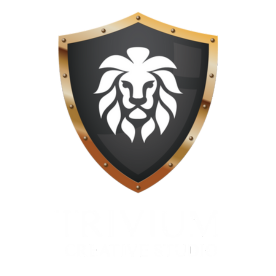Motivation is essential for ensuring that employees remain committed, productive, and satisfied in their work environments. However, maintaining consistently high levels of motivation can present challenges, particularly in the face of obstacles and organizational changes. Fortunately, recognition stands out as a potent instrument for rejuvenating employee morale. Let’s delve into the transformative impact of recognition within the workplace.
The Elements of Motivation
People: At the core of every successful organization lies its employees. When we acknowledge and appreciate their efforts and contributions, we not only recognize their value but also deepen their connection to the company. This sense of recognition fosters a stronger bond between employees and the organization, driving greater engagement, loyalty, and overall satisfaction.
Ownership: Encouraging employees to feel a sense of ownership in their work cultivates a culture of accountability and drives motivation by inspiring them to take initiative and responsibility for their tasks.
When employees feel a personal stake in their work, they are more likely to approach their responsibilities with dedication and commitment. This sense of ownership instills a feeling of pride and investment in their contributions to the organization’s goals.
Goals: Having clear and meaningful goals in place offers employees a sense of direction and purpose within the organization. These goals serve as guiding lights, motivating individuals to stay focused and committed to achieving common objectives. When everyone understands what they are working towards and why it matters, it ignites a collective drive and determination to succeed together.
Mission: When employees understand and embrace the company’s mission and vision, they feel a stronger sense of purpose and pride in their work. This deep connection to the organization’s goals fosters a heightened commitment to achieving success together. As individuals align their efforts with the broader mission, they become more motivated and engaged, driving positive outcomes for the organization as a whole. This alignment creates a unified workforce dedicated to advancing the company’s objectives and driving collective growth and prosperity.
How to Spot Flagging Motivation
Identifying signs of declining motivation is essential for proactively addressing issues before they become significant problems. When motivation wanes, several indicators may emerge, such as decreased productivity, disengagement, and a noticeable decrease in team morale.
For instance, team members might seem less enthusiastic about their work, resulting in lower productivity levels and a lack of initiative in taking on new tasks or challenges. Additionally, you may notice signs of disengagement, such as employees appearing distracted or uninterested during meetings or team discussions. Moreover, a general sense of apathy or negativity among team members can indicate low morale, affecting overall team dynamics and performance.
By recognizing these early warning signs, leaders can intervene promptly to identify the underlying causes of decreased motivation and implement strategies to address them effectively. This proactive approach can help prevent further declines in morale and productivity, ultimately fostering a more positive and supportive work environment for all team members.
Turning Things Around
- Engineering feels like it works for Product teams, not with them.
The fix: Foster collaboration and communication between engineering and product teams. Encourage cross-functional teamwork and involve engineers in product development processes from the beginning. - Your product managers are focused on execution, yet team members may feel disconnected from decision-making processes.
The fix: Empower product managers to involve team members in decision-making processes and value their input. Encourage autonomy and trust in decision-making.
- While leadership has shifted focus to ambitious objectives, the team’s interpersonal relationships remain strained.
The fix: Prioritize team-building activities and foster a positive work culture. Promote a culture of transparent communication, trust-building, and mutual respect among team members. - You’ve been focusing on a particular metric for a while, but it’s no longer the right measurement for what you’re trying to accomplish.
The fix: Review and adjust goals and metrics to ensure they align with current objectives and priorities. Provide clarity and context around performance expectations.
Bringing It All Together
Recognition plays an important role in boosting employee morale and motivation. By acknowledging and appreciating employees’ efforts, organizations can create a positive work environment where individuals feel valued, engaged, and motivated to excel.
In conclusion, the power of recognition cannot be overstated. By incorporating recognition into the workplace culture and addressing factors that affect motivation, organizations can foster a supportive and empowering environment where employees thrive and contribute to overall success.













